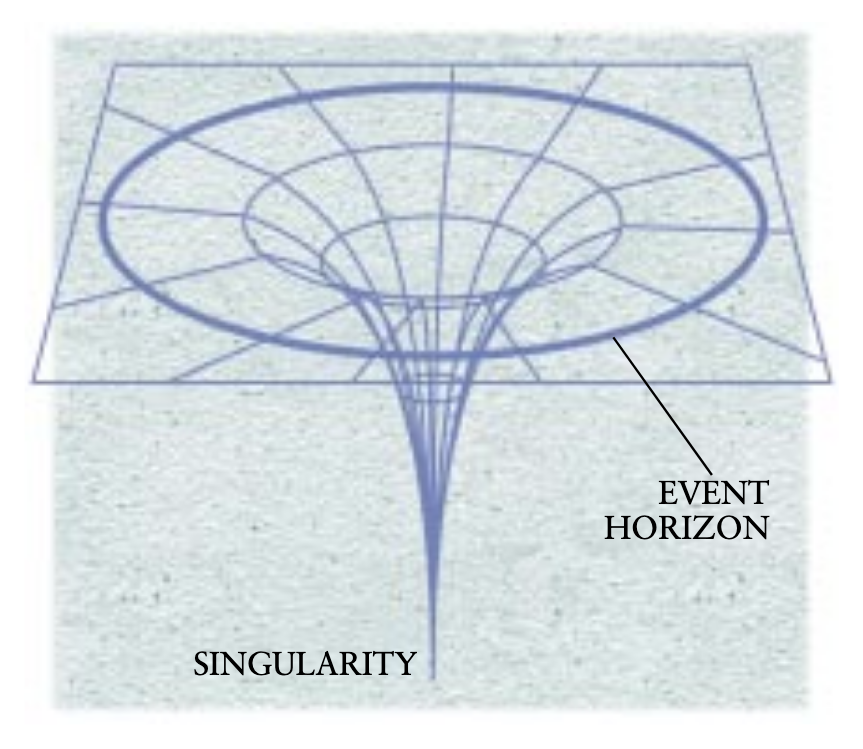| Dear Reader,
With great sadness we share that Dan Schlenoff, who edited Scientific American’s “50, 100 & 150 Years Ago” column and wrote this newsletter, has died. Dan was a historian who delighted in learning about Scientific American’s past and sharing the prescient, surprising, delightful and sometimes strange stories he found in our archives. He was a kind, funny, inquisitive and generous colleague and friend, and he adored our readers. We will miss him dearly.
Sincerely,
Laura Helmuth, Editor in Chief, and the entire editorial team at Scientific American
|


Comments
Post a Comment